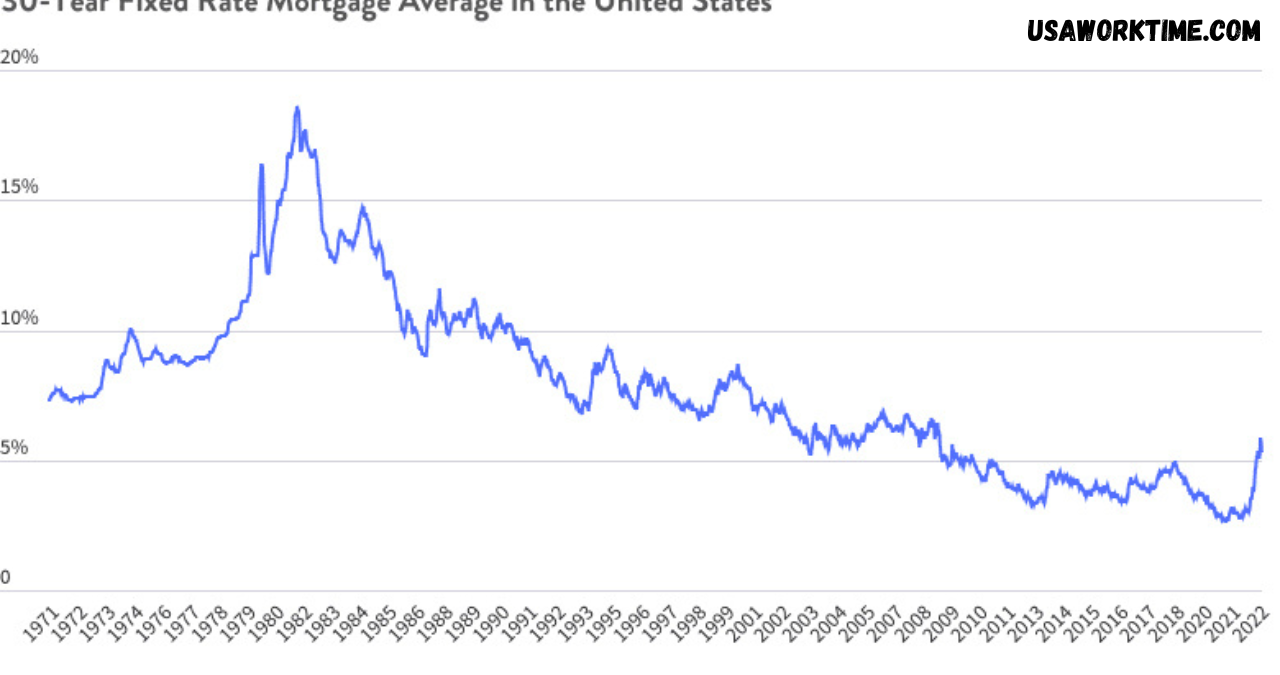Introduction
Many people rely on Retroactive Social Security Payments as a critical part of their retirement or disability income. However, what most recipients don’t realize is that they might be eligible for money that should have been paid before their application date—this is where retroactive Social Security payments come into play. These payments can offer financial relief and significantly boost a person’s financial security, especially when dealing with delayed applications or unexpected life events.
Understanding how these retroactive benefits work can help you plan better, avoid common mistakes, and even reclaim funds you may be owed. Whether you’re already receiving Social Security benefits or planning to apply soon, being informed about the retroactive payment process is essential. In this article, we’ll take a deep dive into what retroactive Social Security payments are, how they work, who qualifies, and how to apply successfully.
Understanding Retroactive Social Security Payments
Retroactive Social Security payments refer to lump-sum payments provided for the months you were eligible to receive benefits before your actual application date. These are different from “back pay” typically associated with disability benefits, although the terms are sometimes used interchangeably.
Let’s say you reached your full retirement age (FRA) but didn’t apply until a few months later. You might still be entitled to receive payments dating back up to six months, depending on your situation. These benefits serve to compensate for the time you were eligible but hadn’t yet filed.
For retirement benefits, the Social Security Administration (SSA) allows up to six months of retroactive payments—if you’ve reached your full retirement age. For disability and survivors benefits, retroactive payments can sometimes stretch much further back, depending on when the disability began or when the survivor became eligible.
Understanding these nuances can make a big difference in maximizing your Social Security benefits and ensuring you’re not leaving money on the table.
Eligibility Criteria and Time Limits
Not everyone qualifies for retroactive benefits, and there are strict rules and time limitations that apply. One of the main requirements is that the applicant must have already reached their Full Retirement Age (currently 66 to 67, depending on the birth year). If you apply before your FRA, retroactive benefits generally are not available—or are limited to a single month.
For retirement benefits, the SSA limits retroactive benefits to six months. That means if you file in December but were eligible in June, you could receive a lump sum for those six months. However, you must specifically request retroactive benefits when applying—it’s not automatic.
In the case of disability benefits, the retroactive period can go back up to 12 months before your application, depending on when your disability started and how long it took to process your claim. However, there’s also a five-month waiting period from the disability onset date before payments can begin.
Survivors can also receive retroactive benefits, especially if they delay applying for widow or widower benefits. But again, specific conditions must be met, and time limits apply. It’s crucial to consult with a Social Security expert or do thorough research before applying to avoid missing out.
Application Process and Strategies
Applying for retroactive benefits is not as simple as filling out a standard form. When you complete your application for Social Security, you must indicate your interest in receiving retroactive payments. Failing to do so may result in you receiving only forward-looking payments from your filing date onward.
When applying, be prepared to provide detailed documentation, including:
- Proof of age and identity
- Employment history
- Medical records (for disability claims)
- Records of previous applications, if applicable
One strategy many financial planners suggest is delaying your retirement application past your FRA if you don’t immediately need the income. This not only increases your monthly benefit due to delayed retirement credits but also sets you up to claim six months of retroactive pay, if needed later.
Another important tip: If your application was denied or delayed due to administrative errors, you may be entitled to a larger retroactive payment. In such cases, persistence and proper appeals procedures can make a significant financial difference.
Financial and Tax Implications

Retroactive payments can be a financial windfall, but they also come with potential tax implications. Since you’re receiving several months’ worth of benefits in one lump sum, this payment could push your income for the year into a higher tax bracket.
The IRS allows you to use a special method to report lump-sum Social Security benefits, which may reduce the tax burden. You won’t necessarily pay more tax, but proper tax planning is crucial to avoid surprises when filing your return.
Additionally, a large retroactive payment could temporarily affect your Medicare premiums, especially Part B and Part D, which are income-based. Some individuals have also reported that retroactive income affects eligibility for Medicaid or other low-income assistance programs.
Before accepting a retroactive payment, consult a tax professional or financial advisor to ensure you’re optimizing both your Social Security income and your overall financial plan.
Appeals and Disputes
If your retroactive claim is denied, don’t panic. The SSA has an established appeals process that allows you to contest the decision. Start by requesting a reconsideration within 60 days of receiving your denial notice. If denied again, you can escalate the case to an Administrative Law Judge.
Documentation is key in disputes. Be sure to retain copies of all communications, proof of eligibility, and any documents supporting your original application. If your claim involves medical issues, make sure your doctors are willing to submit supportive statements.
In complex or high-stakes situations, you may benefit from hiring a Social Security attorney or advocate. They often work on a contingency basis and only collect a fee if you win your case. Their expertise can significantly increase your chances of a successful appeal.
Case Studies and Scenarios
Case Study 1: Delayed Retirement Filing
John turned 66 in January but delayed applying for retirement benefits until August. When he applied, he asked for retroactive payments. Because he was over his FRA, the SSA approved six months of retroactive pay, giving John a one-time lump sum of six months’ worth of benefits.
Case Study 2: Disability Claim Approval Delay
Lisa filed for SSDI in January but didn’t get approved until the following November. Based on her disability onset date and application timing, she received 12 months of retroactive disability payments after the five-month waiting period was subtracted.
Case Study 3: Widow’s Benefit
Maria lost her spouse but didn’t apply for survivor benefits until two years later. While she could not receive full back payments due to timing, the SSA approved retroactive benefits for six months, significantly helping her with overdue bills.
Conclusion
Retroactive Social Security payments can provide a crucial financial cushion, especially during retirement or after a disability. But accessing them requires knowledge, planning, and sometimes a bit of persistence. From understanding eligibility to navigating the application and appeal process, being proactive is key. Always check with the SSA or a qualified advisor before filing, especially if you believe you qualify for retroactive payments. Don’t leave money you’ve earned sitting on the table—educate yourself and take action.
You May Also Read: https://usaworktime.com/rub-ranking/










